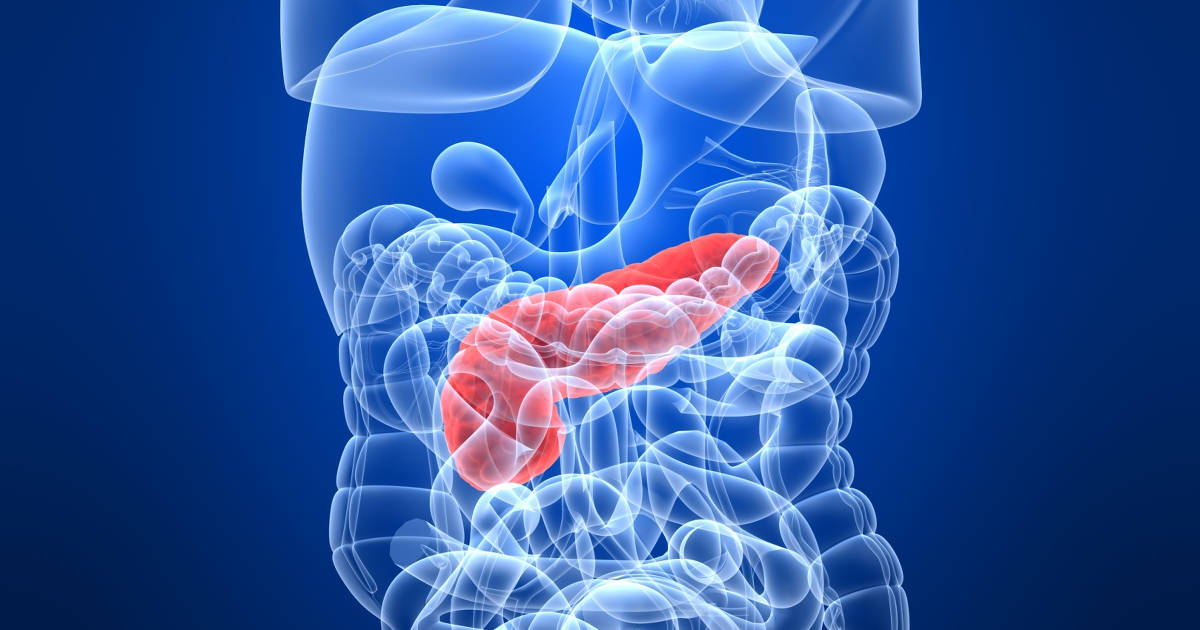Symptoms Of Primary Biliary Cholangitis
Swollen Spleen

Individuals with primary biliary cholangitis may present with a swollen spleen as a symptom of their disease. Portal hypertension, high blood pressure in the vein that blood uses to move from the intestines, gallbladder, pancreas, stomach, and spleen to the liver, can contribute to the spleen enlargement. Portal hypertension is the result of liver scarring caused by a build-up of bile in the liver. The spleen is an organ responsible for recycling old red blood cells, storing white blood cells and platelets, and fighting off certain pathogens. Portal hypertension causes the enlargement of the proximal spleen in a patient's body due to reduced blood flow to the portal blood vessels from the spleen.
This reduced blood flow results in the accumulation of white blood cells and platelets in the spleen being overproduced. The overproduction of such blood components is caused by the liver's inability to perform its function of filtering toxins out of the blood. A healthy spleen and immune system can help with filtering toxins from the body to a certain extent, but not enough to stop them from accumulating in the absence of healthy liver function.
Ascites

Ascites in an individual can indicate they are being affected by primary biliary cholangitis. Ascites is a medical term used to describe the accumulation of ascitic or protein-containing fluid in an individual's abdomen. Ascites occurs as a result of portal hypertension, which is high blood pressure in the vein that moves blood from the intestines, gallbladder, pancreas, stomach, and spleen to the liver. Cirrhosis of the liver is the mechanism that precipitates portal hypertension in primary biliary cholangitis patients.
Fluid leaks from the intestine surface, liver surface, and out of the blood vessels as a homeostatic response to mediate high blood pressure. Levels of albumin in the blood fall as it leaks out of the blood vessels, which causes further leakage of fluid into abdominal tissues. The result of this fluid build-up is the visible enlargement of the abdomen and feelings of fullness, shortness of breath, and loss of appetite. These symptoms are common with ascites because the excess fluid causes the organs in the abdominal cavity to become compressed.
